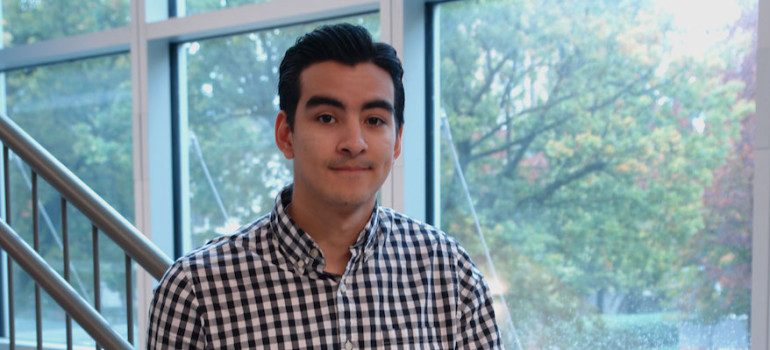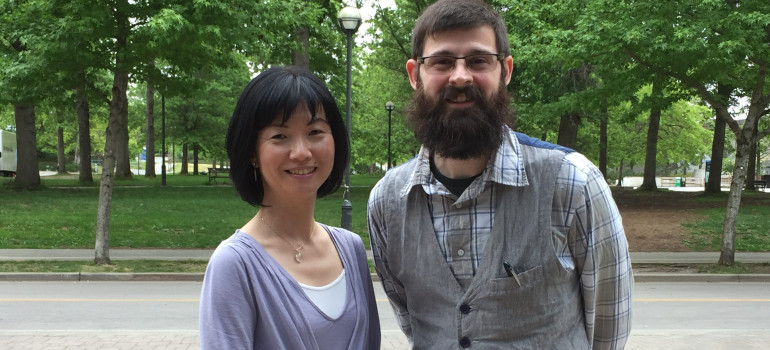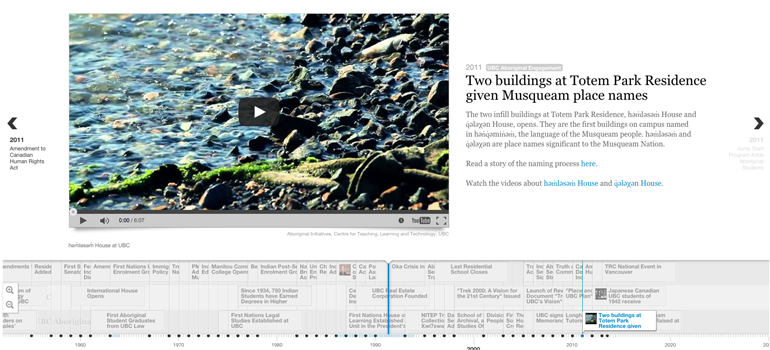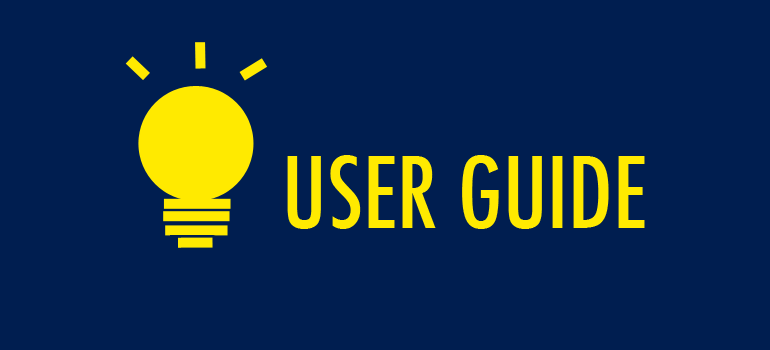Before you begin
Please bear in mind about the following before you begin exploring the timeline as a teaching and learning resource:
What the timeline is not and its limitations
The timeline is not a static and exhaustive list of historical events in Canada. It continues to be a work in progress. Much like the individual who developed it holds a particular set of knowledge and interests (See Developer’s Stories), the timeline highlights certain moments in history. You are therefore encouraged to actively and critically engage with the timeline.
First of all, the specific history of the land where UBC stands – the traditional, ancestral, and unceded Musqueam territory – is lacking in the timeline. The timeline currently includes some recent Musqueam-related events, most of which are based on publicly available information that documents UBC’s relationship with the Musqueam community. However, representations of the Musqueam Nation are still insufficient in the timeline. A long and ongoing history of the Musqueam people that dates far back prior to the “arrival” of UBC is a major missing piece in the timeline. (Adding Musqueam history to the timeline is currently under development as a 2016-17 TLEF project.)
Similarly, the timeline currently does not include history before the establishment of the first residential school in Canada in 1620. However, this does not mean that it is the beginning of history, and we need to be cognizant of the existence of rich Indigenous histories long prior to that.
In addition, the linear presentation of history, as presented in the timeline, has a limitation. It does not fully address the multifaceted nature of each historical event, such as multiple forces and contexts that gave rise to the event, people’s different views of the event, and the event’s varying effects on different segments of society.
Lastly, it is important to note the scope of this website. The purpose of the website is not to present academic analyses and debates of historical events. We hope to gradually expand the website with stories that highlight the multifaceted nature of history by drawing on scholarly debates on some key historical events. Nonetheless, the primary purpose of the website remains to offer a starting point for learning and discussions about multi-layered histories at UBC.
Terminology
How we identify ourselves and others and the terminology we use to do so can be a complicated process. Especially, the complexity of Aboriginal peoples’ identities – whether these identities are created by self or imposed by the government – need to be carefully reflected upon and understood. To learn more about this, please refer to the Indigenous Foundations website.
Throughout the website, you will see a variety terms used to describe Indigenous peoples, such as Native American, Aboriginal, First Nations, etc. While we work on making terminology consistent, the timeline currently reflects the terminology used in the original literature source from which the description of each event is drawn.
The timeline is a living document. Please contact us with questions, suggestions, and comments for further development.



